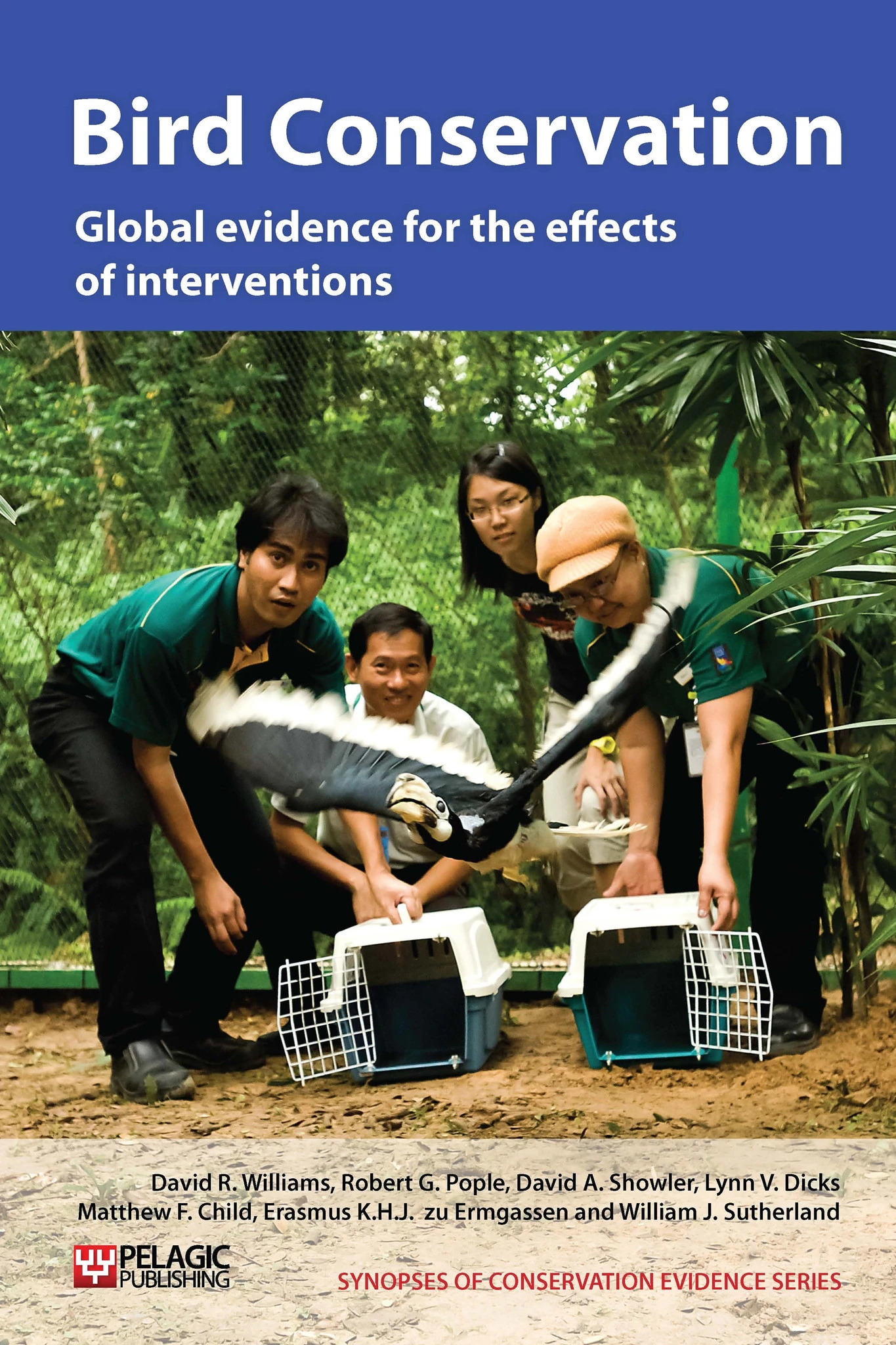Provide supplementary food for gamebirds to increase adult survival
-
Overall effectiveness category Unknown effectiveness (limited evidence)
-
Number of studies: 6
View assessment score
Hide assessment score
How is the evidence assessed?
-
Effectiveness
49% -
Certainty
38% -
Harms
0%
Study locations
Supporting evidence from individual studies
A small study of feeding as a management option for grey partridges Perdix perdix at an arable farm in France (Westerskov 1977), found that partridge density was higher in the area with partridge cafeterias, than the area without. In spring 1973 the population on the 424 ha farm was 71 pairs (1pair/6 ha) and 4 single birds. In spring 1974, a total of 48 pairs (1 pair/4.7 ha) and 4 single birds were recorded in the southern section (224 ha), where 27 partridge cafeterias had been constructed. The northern section (200 ha), with no cafeterias, had 24 pairs (1 pair/8.3 ha). Cafeterias comprised a barrel with a feed mixture (grain and weed seeds) and a sand-bath, sheltered by a leaning roof that collected rainwater in a drinking trough. Small shrubs were planted next to cafeterias to provide shelter. Where possible they were placed one per pair territory.
Study and other actions testedA 1997 literature review (Guthery 1997) collated data from eight sites in the USA where northern bobwhites Colinus virginianus were provided with supplementary food and concluded that feeding neither increases nor decreases bobwhite populations. Feeding ranged from intensive regimes with multiple feeders to more extensive programmes. Fed areas had higher bobwhite densities at three of the eight sites, control areas had higher densities at four and there was no difference at one site. On average, densities were 1.4 birds/ha in fed areas and 1.3 birds/ha in controls.
Study and other actions testedA controlled study on two 284 ha mixed-prairie sites in Oklahoma, USA, in 1992-6 (Townsend et al. 1999), found that northern bobwhites Colinus virginianus had higher winter survival in areas supplied with supplementary food in two out of four winters (19-31% survival of 423 fed birds vs. 3-13% of 396 controls), with lower survival in 1994-5 (11% of 200 vs. 22% of 188) and similar survival in 1995-6 (16% of 200 vs. 23% of 193). Twenty eight percent of seed in birds’ crops from the fed area consisted of supplementary food, compared with 6% in birds from the unfed area (783 birds examined). Food consisted of wheat, milo and millet provided in a 55 gallon barrel in the centre of each 8 ha section of the experimental area.
Study and other actions testedA cross-over experiment on a 796 ha rangeland site in Texas, USA, in the winters of 2000-1 until 2002-3 (Guthery et al. 2004) found that northern bobwhites Colinus virginianus had lower winter survival on two sites when they were supplied with food, compared with when no food was supplied (24-57% survival of 89 birds on fed sites vs. 28-72% for 63 controls). Bobwhite home ranges on the fed site were 34-63% of the size of those on controls. Feeding consisted of 40 permanent feeders, supplied twice a week with cracked corn, milo and wheat between October and March each winter. Guards were placed around feeders, but 98% of 152 visits recorded were by non-target species.
Study and other actions testedA paired sites study in two pairs of 260 ha rangeland sites in Texas, USA, in from spring 1986 until spring 1987 (Doeer & Silvy 2006) found that northern bobwhites Colinus virginianus from sites supplied with supplementary food had significantly higher body fat percentages than bobwhites from control sites (average of 11.8% body fat for 111 bobwhites from fed sites vs. 10.1% for 110 bobwhites from control sites). Supplementary food consisted of 16 feeders supplied with 15 kg of milo (a high-carbohydrate, low fat and low protein supplement) and checked twice weekly. Between 46 and 70% of bobwhites shot on fed sites had milo in their crops. No investigation was made of survival.
Study and other actions testedA controlled study in 2002-9 on mixed farmland in Hertfordshire, England (Aebischer & Ewald 2010), found that the number of grey partridges Perdix perdix increased significantly on an experimental site, where supplementary food was provided (along with several other interventions), but only slightly on a control site without food. This increase was apparent in spring (from fewer than 3 pairs/km2 in 2002 to 12 pairs/km2 in 2009, with a high of 18 pairs/km2 vs. approximately 1 pair/km2 on the control site in 2002, increasing to approximately 4 pairs/km2 in 2009) and autumn (from fewer than 10 birds/km2 in 2002 to approximately 65 birds/km2 in 2009, with a high of 85 birds/km2 vs. approximately 4 birds/km2 on the control site in 2002, increasing to approximately 15 birds/km2 in 2009). Food consisted of wheat from a hopper, provided from October to March). The experimental site also had predator control present and habitat creation (see ‘Control predators not on islands’ and ‘Plant wild bird seed or cover mixture’). The effects of agri-environment schemes and the provision of set-aside are also discussed in ‘Pay farmers to cover the costs of conservation measures’ and ‘Provide or retain set-aside’.
Study and other actions tested
Where has this evidence come from?
List of journals searched by synopsis
All the journals searched for all synopses
This Action forms part of the Action Synopsis:
Bird Conservation
Bird Conservation - Published 2013
Bird Synopsis





)_2023.JPG)














